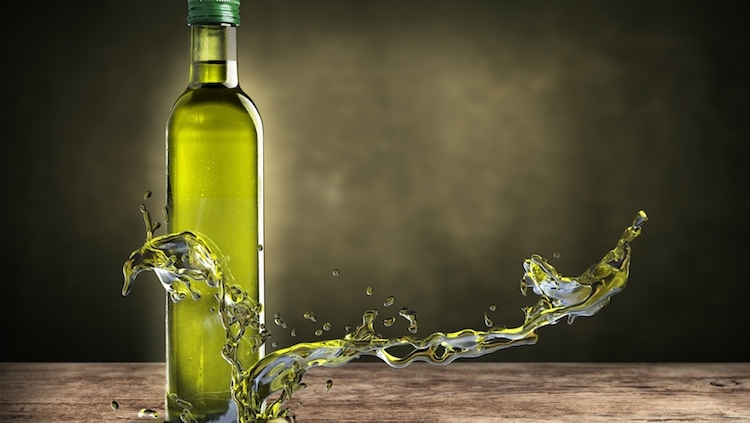ANTIOXIDANT VEGETATION WATERS
ANTIOXIDANT VEGETATION WATERS: THE POWER OF ‘WASTE’ MATERIALS
Olive oil is certainly one of the pillars of the Mediterranean diet, as well as a high quality product of the Italian agriculture. In the production process that generates the golden nectar, however, there are also rather polluting waste products: the main ones, also in terms of volume, are certainly the vegetation waters. These originate from the water contained in the olive and from that used in the pressing process. These substances are highly polluting due to their high organic content, comparable to that of urban wastewater. They are rich in phenols and polyphenols, but also in sugars, pectins, fats, nitrogenous substances and mineral elements such as phosphorus, potassium, magnesium and calcium. Spread directly on the ground, they jeopardize its fertility and can also contaminate the water table. The Merli law in 1976 addressed for the first time the problem of pollution on the territory of these waste waters and took care of regulating the disposal process. To this day, every farmer has a maximum dosage of water that he can spread on the ground in a controlled way; once the prescribed threshold is exceeded, it is obliged to subject them to a purification treatment by collecting the molecules in suspension and obtaining a “clarified” liquid that can go into the sewers together with a reduced solid waste to be incinerated. But nature, as always, is also able to amaze us: a mixture of prodigious antioxidants can in fact be obtained from the waste of olive oil. The composition of the vegetation waters and the important properties from the cosmetic and nutraceutical point of view of these agri-food waste products make them extremely suitable for re-use to create an extract with outstanding properties. Antioxidants can be obtained from vegetation waters through treatments such as membrane filtration or enzymatic digestion. In this second case the vegetation waters are left at controlled temperature and pH conditions for 24 hours, together with a particular enzymatic package without any added solvent (not even water), and in these 24 hours a real enzymatic digestion takes place. The solid part suspended in the vegetation water is attacked by enzymes that generate a hydrolyzate which, when combined with the water, becomes a single compound. Inside the olive there are various polyphenols and among these in particular oleuropein and hydroxytyrosol. The difference between the two is that the former is a hydroxytyrosol to which a sugar is bonded together. In enzymatic digestion, this link between oleuropein and sugar is broken down and therefore all oleuropein is converted into hydroxytyrosol, which in free form is more bioavailable and has very strong antioxidant properties. To give a dimension of its potential, on the ORAC scale that measures the antioxidant power of substances, hydroxytyrosol is 10 times more powerful than green tea and about 2 times more antioxidant than Coenzyme Q10, both ingredients used and advertised in cosmetics. The olive polyphenols have extraordinary antioxidant properties, with positive effects on the cardiovascular system, in particular of Chd type (Coronary heart disease), anti-cancer properties (breast, colon, prostate) of some polyphenolic molecules such as tyrosol, hydroxytyrosol, oleuropein caffeic acid etc. These compounds are extracted from olives, so they are considered natural substances, like vitamins. The importance of the inclusion of “functional” foods in the diet (especially of vegetable origin) finds a significant scientific basis in the presence of substances capable of delaying lipid and protein oxidation, with a consequent “protective” activity of the human body against oxidative degradation mechanisms. These natural compounds, in the form of food supplements, are also produced in Italy and obviously marketed internationally on the web. These discoveries on the antioxidant properties of polyphenols have been confirmed internationally and have immediately shifted interest towards reuse, rather than purification, which in itself represents a cost with no economic return. The antioxidant extract obtained from these substances therefore proudly gives new life to a potentially polluting vegetable raw material, reminding us that waste often represents resources not yet considered only because they are unknown.
This post is also available in: Italian







Leave a Reply
Want to join the discussion?Feel free to contribute!